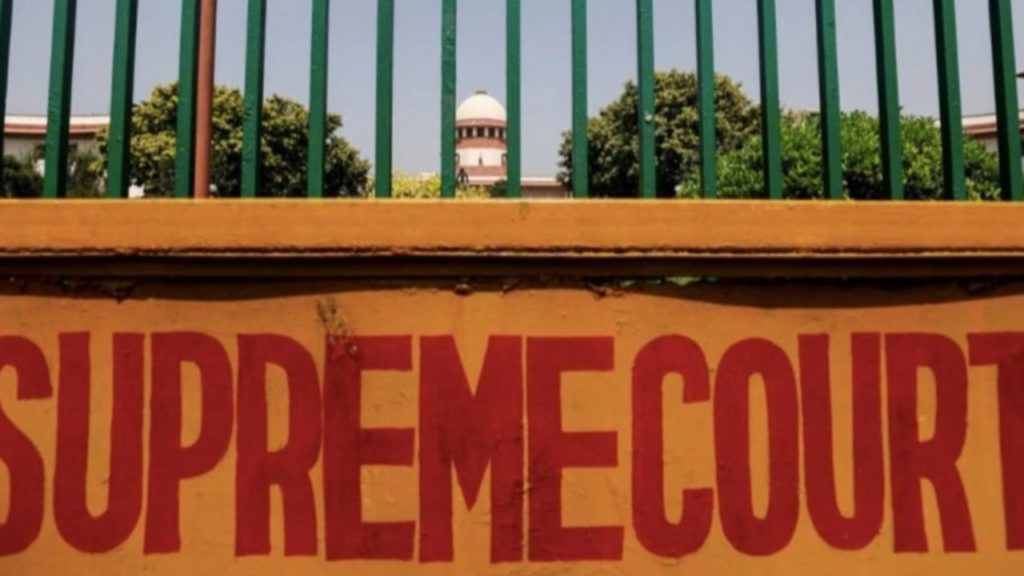A recent landslide on NH-66 in Ankola, Karnataka, has raised significant concerns about the construction practices of the National Highway Authority of India (NHAI). The preliminary report by a technical team investigating the disaster has pointed out several factors contributing to the landslide, which occurred on July 16, 2024.

The Disaster Unfolds
At 8:30 am on July 16, a massive landslide hit Shirur village in Akola, destroying the Karwar-Mangaluru section of NH-66. This 1,640-km highway connects Maharashtra’s Panvel with Kanyakumari in Tamil Nadu. The landslide resulted in extensive damage: four houses, two high-tension power transmission towers, a tea stall, and two trucks were swept away. Tragically, eight bodies have been recovered, and search operations continue for three more suspected victims.
Factors Behind the Landslide
The Geological Survey of India (GSI) has attributed the landslide to “unscientific” construction practices by the NHAI. The report highlights that natural drainage flows were disrupted during the slope modifications for the highway’s construction. Key factors identified include the steep gradient of the cut slope, presence of highly weathered rock, thick debris, saturation due to rainfall, and lack of toe support. The area experienced 503 mm of rainfall over three days, which acted as a trigger for the landslide.
Issues with NH-66 Construction
The NH-66 highway, completed in 2020, was built under the Build-Operate-Transfer (BOT) and Public Private Partnership (PPP) models. Local residents have raised concerns about the lack of continuity in the highway, with some sections still not fully opened to traffic. Commuters are often diverted to single-lane roads through villages before rejoining the double-lane sections. The GSI report criticizes the NHAI for its unscientific approach, pointing out that slope modifications were made without adequate consideration of the terrain and rainfall patterns.
Recommendations for Prevention
The GSI team has suggested both immediate and long-term measures to prevent further damage. These include halting any further modifications to the hill slope and conducting a comprehensive geotechnical investigation to determine appropriate slope stabilization strategies for the Shirur site. Environmentalists emphasize the importance of assessing terrain conditions before executing infrastructure projects, particularly in regions like Uttara Kannada, which receive 3,500-4,000 mm of rainfall annually.
Official Responses and Future Actions
NHAI Regional Officer Vilas Brahmankar has stated that a committee of four experts has been constituted to investigate the incident. He acknowledges the multiple factors contributing to the landslide, including the intense rainfall. Karnataka Chief Minister Siddaramaiah has criticized the NHAI for collecting tolls despite incomplete road sections. Revenue Minister Krishna Byre Gowda highlighted that he had previously warned the NHAI about potential landslides due to unscientific construction practices.
Conclusion
The landslide on NH-66 in Ankola underscores the critical need for scientific construction practices and thorough assessment of environmental conditions in infrastructure projects. The findings from the GSI report serve as a stark reminder of the potential consequences of neglecting these considerations, prompting calls for more stringent measures to ensure the safety and stability of such projects.














